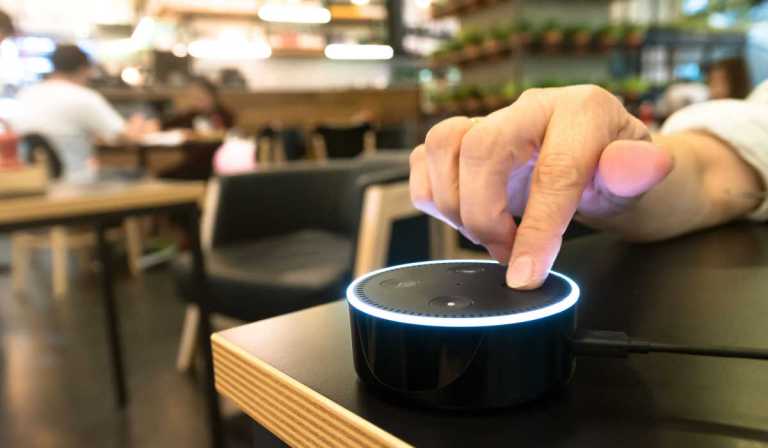
Amazon released a series of instruction manuals Wednesday (Aug. 31) designed to help users set up their Alexa Echo devices and turn their homes into smart homes.
This comes at a time when 32% of consumers — or about 83 million people — used smart home or automated chore technologies in May, according to “The ConnectedEconomy™ Monthly Report,” a PYMNTS publication made up of a survey of 2,696 U.S. consumers.
Get the report: The ConnectedEconomy™ Monthly Report
That equaled the share of consumers who had done so in April but was about four percentage points above the share who had done so six months earlier when 28% of consumers said they had used smart home or automated chore technologies.
Our research found that some of the more popular types of smart home and automated chore devices include cleaning tools such as Roombas and voice-activated technologies like Alexa.
Writing last year, PYMNTS’ Karen Webster argued that Alexa’s “voice AI operating system has the potential to move consumers and businesses closer to an always-on connected commerce ecosystem, by leveraging that trust and embedding payment and identity credentials into a growing portfolio of connected devices powering new use cases that define the consumer’s daily routine.”
“It’s something that will become far more important as more and more devices get deployed through the retail and commercial physical space, penetrated by super-fast 5G,” she said.
Read more: Voice Operating Systems Like Alexa Will Power the Connected Economy: Here’s Why
Also Wednesday, Amazon published the findings of a new study that that longer-lasting devices can contribute to significant carbon footprint reductions.
Writing on the company blog, Ryan Bradley, Amazon’s senior sustainability engineer, discusses a paper presented recently at the European Conference on Safety and Reliability.
“We hope it will help drive change in the wider industry and show how Amazon and other consumer electronics makers can quantify the emissions reductions of improved durability—further incentivizing the production of longer-lasting devices,” he wrote.
Bradley said that with devices that are longer-lasting, consumers gain an easy way to help reduce emissions.
“For example, based on the mathematical model that we developed for modeling carbon emissions, we calculated that for each year you keep your Fire HD 10 tablet (32GB), you would save 16.8 kilograms of CO2e emissions,” Bradley said.
Going by estimates from the EPA, that’s the same level of carbon emissions generated by someone charging their phone 2,000 times.